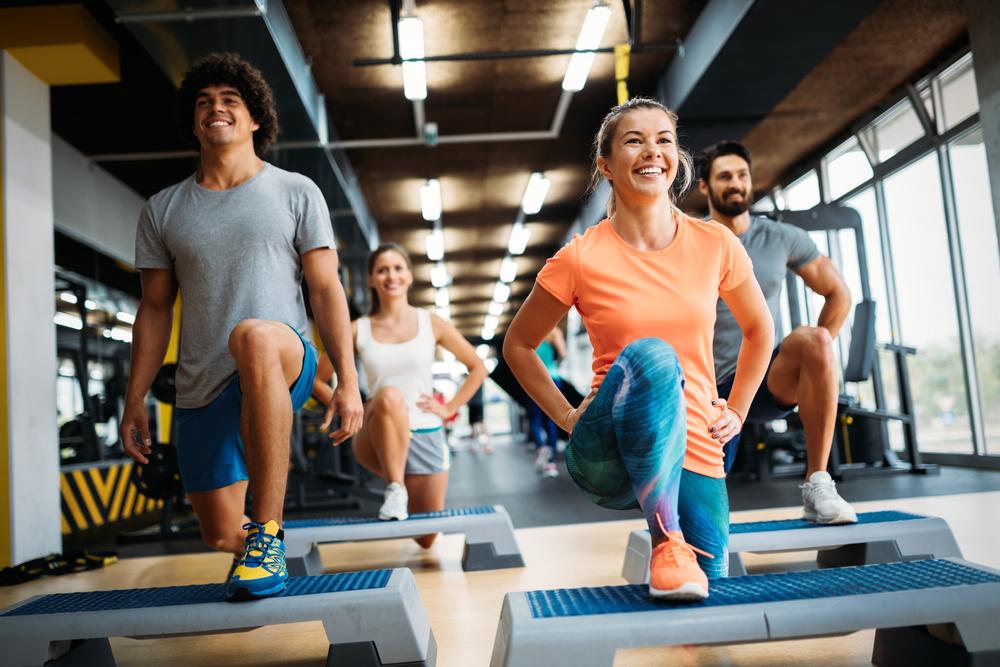Are You Getting Enough Vitamin D?
Bone HealthVitamin D is best known as a bone-health hero, helping the body absorb calcium and phosphate to keep bones strong.
If you don’t have enough, your bones can become soft and weak. In children, this can lead to rickets, and in adults it can lead to osteoporosis or osteomalacia and a higher risk of breaking bones more easily. Ask your GP for a blood test if you think you might have a vitamin D deficiency.
Bone health is important
Dr Christine Haseler, a GP with a special interest in arthritis, says: “The risk with arthritis is that you may not be mobile, so you’re less likely to be spending long periods of time outdoors and topping up your vitamin D levels in the sun.
Vitamin D is essential for bone health. With osteoarthritis, especially as you get older, you may be more likely to be frail and prone to falling. If your bone health isn’t good and you fall and fracture your hip, that’s very serious."
“If you’ve had inflammatory arthritis throughout your life – and if it has been persistent – you may have had times without weight-bearing exercise. You may also have been on steroids, and both can lead to thinner bones and osteoporosis. Preventing thinning of the bones means you have some protection if you get into difficulty.”
How Vitamin D helps
Vitamin D is essential to help prevent thinning of the bones, especially where they have a higher risk from a long-term condition such as a type of inflammatory arthritis or osteoporosis. As well as its role in bone health, vitamin D may have anti-inflammatory effects.
Combined calcium and vitamin D supplements are often given alongside other osteoporosis treatments, especially if people struggle to get enough from other sources.
Dr Sarah Schenker, a dietitian and author of the British Dietetic Association’s food fact-sheet on arthritis, says: “Vitamin D seems to have a role in reducing inflammation and keeping the immune system healthy, making it an important nutrient for different types of arthritis.”
How do we get Vitamin D?
The main source is sunlight – our bodies create vitamin D when bare skin is exposed to ultraviolet B rays. During spring and summer, most people’s bodies can make all the vitamin D they need from a balanced diet and being out in the sun for short periods every day, without sunscreen and with some skin uncovered.
The ideal amount of time to spend outside isn’t known, as it varies between people and depends on how much sunshine is available but be careful not to burn. Know what’s right for you – it may be just a few minutes in the sunshine if you’re pale. Cover up and/or use sunscreen if you’re staying out longer.
Dr Haseler recommends combining sun exposure with exercise.“For bone health, the best activity is walking, with as many aids as you require,” she says. “It’s weight bearing, it gets your joints moving, it exposes you to sun and meeting people, and it can be done at various levels of disability."
Getting your daily dose
During autumn and winter (from October to early March), the Department of Health recommends that everyone should consider a daily supplement containing 10mcg of vitamin D. Those at higher risk should consider a supplement throughout the year. A wide variety of supplements containing vitamin D are available from chemists and supermarkets.
Look for vitamin D3, which is the same form of the vitamin that the body makes from sunlight and is generally absorbed better than vitamin D2. Fish oil, such as cod liver oil, can be an appropriate alternative source of vitamin D and may have other benefits for arthritis, too.
If you’re not at higher risk and choose not to take a supplement during spring and summer, ensure you maintain adequate vitamin D levels through sunshine and vitamin D-rich foods.
Dr Haseler recommends doing this even if you take a supplement throughout the year. “The word ‘supplement’ means it’s in addition to a healthy lifestyle,” she says. “And, of course, there are lots of other benefits to sunshine and a varied diet.”























